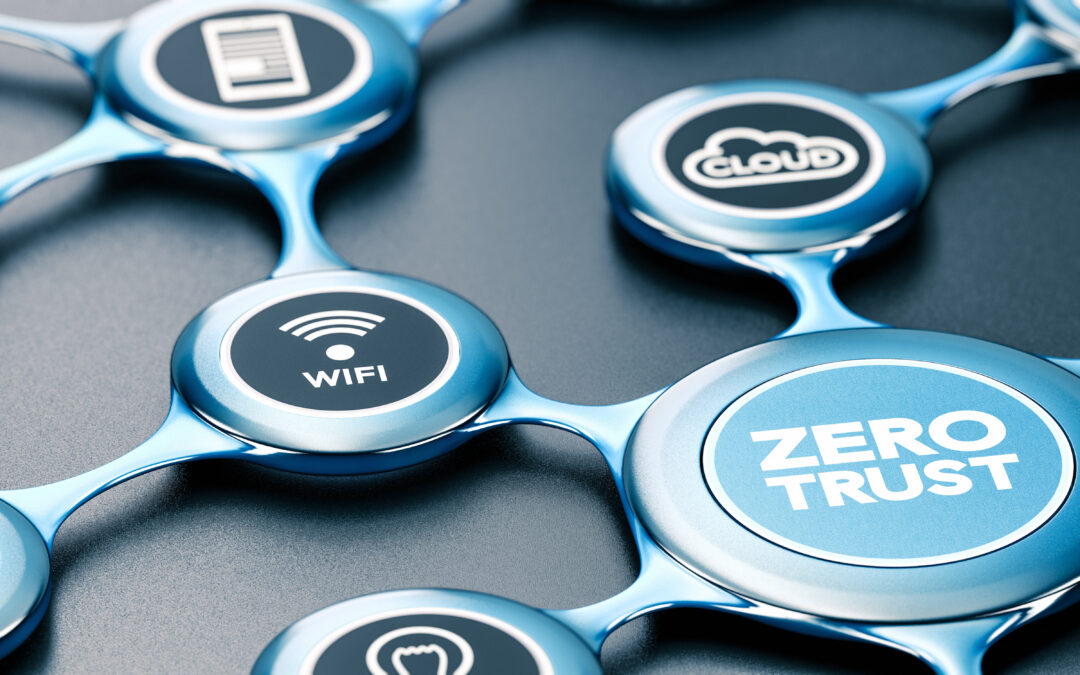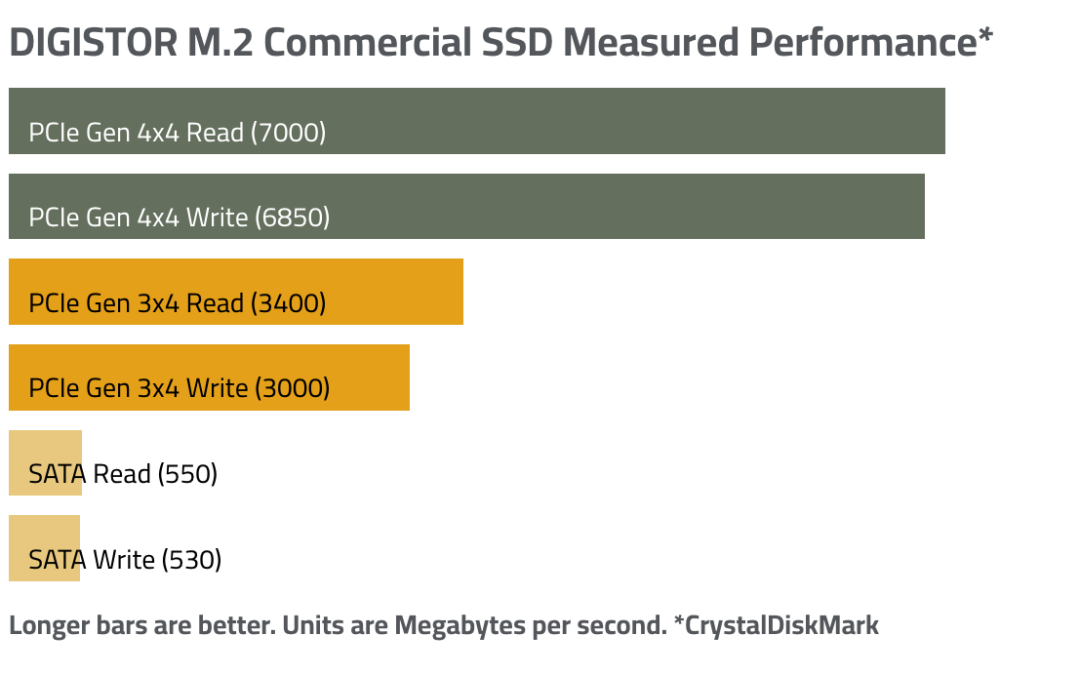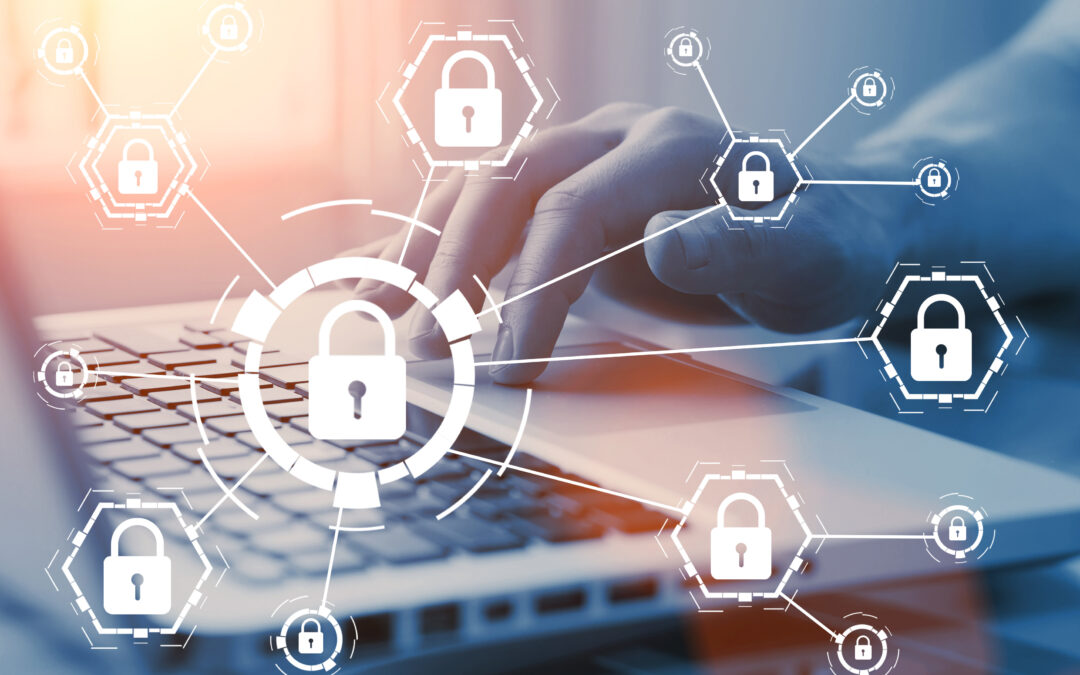


Introducing DIGISTOR PCIe Gen 4 SSDs
Today, we’ve announced our commercial-class PCIe Gen 4 SSDs. These M.2 format NVMe SSDs have four PCIe lanes (so we often refer to these as Gen 4×4) and are more than twice as fast as our PCIe Gen 3×4 SSDs. You can get the most out of your high-speed...
CISOs: Maintaining Cybersecurity at a Global Scale
Last week, I ran across a column by CNN’s Sean Lyngaas called Hackers Have Breached Organizations in Defense and Other Sensitive Sectors. Security firm Palo Alto Networks recently discovered that suspected foreign hackers have breached nine organizations in the...
It’s All About Speed: PCIe Gen 4
When selecting a solid-state drive (SSD) for your computer, many people begin by estimating how much data storage capacity they’ll need over the lifetime of their computer. SSDs typically range from 128GB to 2TB with 4TB becoming common and even 8TB devices are...
Cybersecurity Threat Levels: What Do You Know?
There are many different types of cyberthreats and possible targets. The perceived threat level of each potential attack dictates the amount of time and resources organizations are prepared to deploy to address the problem, but how can threat levels be defined and...

Recent Comments